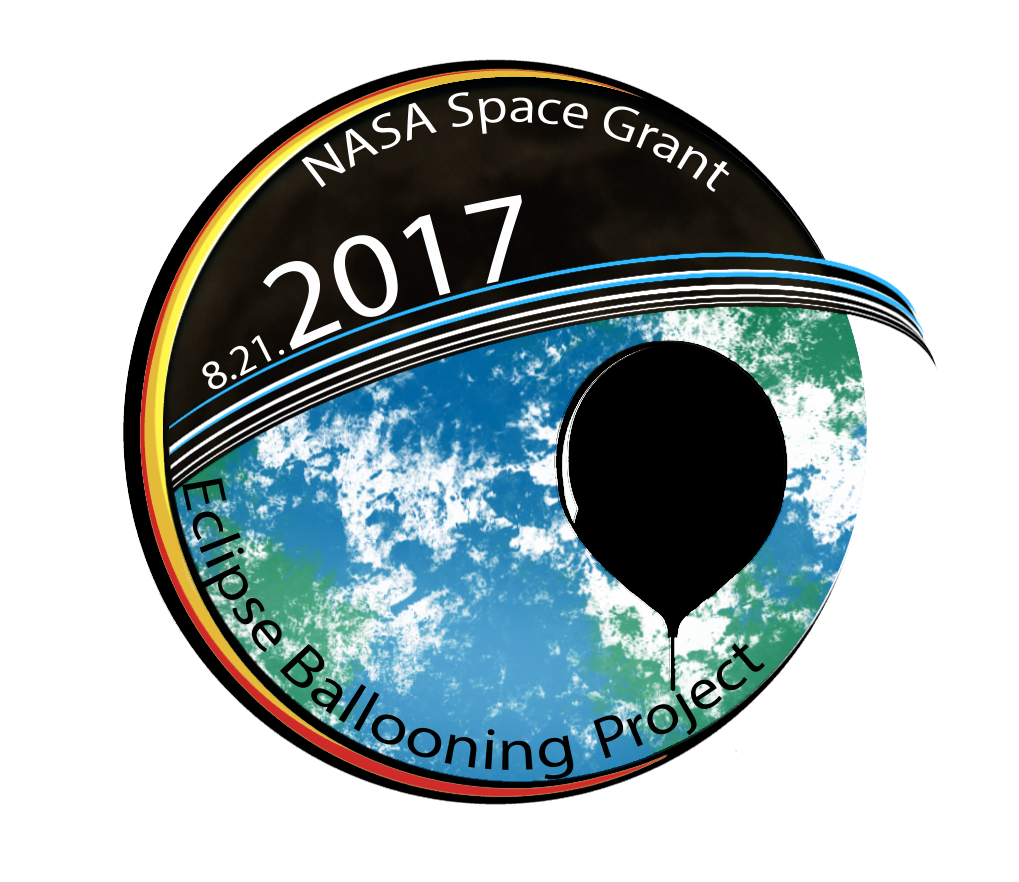Eclipse Trip to Grand Island, Nebraska - August 19 - 22, 2017
Packing for the eclipse "expedition."
Notes about the eclipse trip.
The MN Space Grant stratospheric ballooning team from the U
of MN traveled to the area of Grand Island, in eastern
Nebraska, to fly five balloon stacks into the path of totality
of the eclipse. Eighteen current (and former) ballooning team
members made the trip from the Twin Cities. We were met in
Nebraska by another six people who also helped out.
To overfly our video-telemetry ground stations, located in
Grand Island and Aurora (20 miles E of Grand Island), we
launched the balloons from Kenesaw (about 20 miles WSW of
Grand Island). Stacks A, B, and C had video-telemetry
payloads. Stacks D and E had non-telemetry cameras and other
science experiments. Stacks C and E were released first, about
11:40 a.m. Stacks B and D followed, just after noon. Stack A
was released last, about 12:06 p.m. (in hopes of keeping it
closer to Grand Island than the others).
Despite being launched last, the balloon on stack A (which
looked suspect prior to launch), burst prematurely at 49,000
feet AGL about 15 minutes before totality. But before it burst
the ground station in Grand Island had solid video telemetry
from stack A which it was able to stream to the internet
(pre-totality footage only).
The ground stations in Aurora had solid video telemetry
connections with stacks B and C but, unfortunately, as
totality approached the Aurora internet provider was unable to
maintain the bandwidth we'd been promised so we were unable to
stream the view to the internet in real time. Note: We use the
RFD 900 modems to directly transmit gps information from our
balloons to our ground stations, so we aren't dependent on the
internet (i.e. on Iridium) for pointing.
Stack D captured footage of the shadow (not posted here) from
multiple non-telemetry cameras including VR (AKA 360-degree)
footage. Stack E landed on a high-voltage power line above a
corn field, delaying recovery until the power company could
send out a boom truck (with permission of the corn field owner
- thanks again!). The other stacks landed in corn or soybean
fields and were recovered without incident.
See links below for footage from the Raspberry Pi video
cameras on stacks B and C. Our passive rotation-mitigation
devices worked quite well, so none of the video payloads spun
too wildly, resulting in quite-watchable footage. The videos
show the row of five balloons, ready to be launched, the
release of pairs of balloons, then on-board video (from the
video-telemetry cameras) from stacks B and C as each
encounters the eclipse shadow, bursts, then lands. Additional
details about our results available upon request.
Video clips from stacks B and C.
Release of Stack E (closest) and Stack C (farther away) at 11:40 a.m.
Release of Stack D (closest) and Stack B (farther away) at 12:02 p.m.
View of launch from on-board camera on Stack C.
Approaching eclipse shadow from on-board camera on Stack C.
View from 92,000 feet AGL within totality from on-board camera on Stack C.
View of receding eclipse shadow from on-board camera on Stack C.
Peak of flight (shadow still in view) then burst at 100,000 feet AGL - Stack C.
View of landing from on-board camera on Stack C.
View of launch from on-board camera on Stack B.
Approaching eclipse shadow from on-board camera on Stack B.
View from 66,000 feet AGL within totality from on-board camera on Stack B.
View of receding eclipse shadow from on-board camera on Stack B.
Peak of flight then burst at 102,000 feet AGL - Stack B.
View of landing from on-board camera on Stack B.
and eclipse glasses, after the eclipse-day flights.
